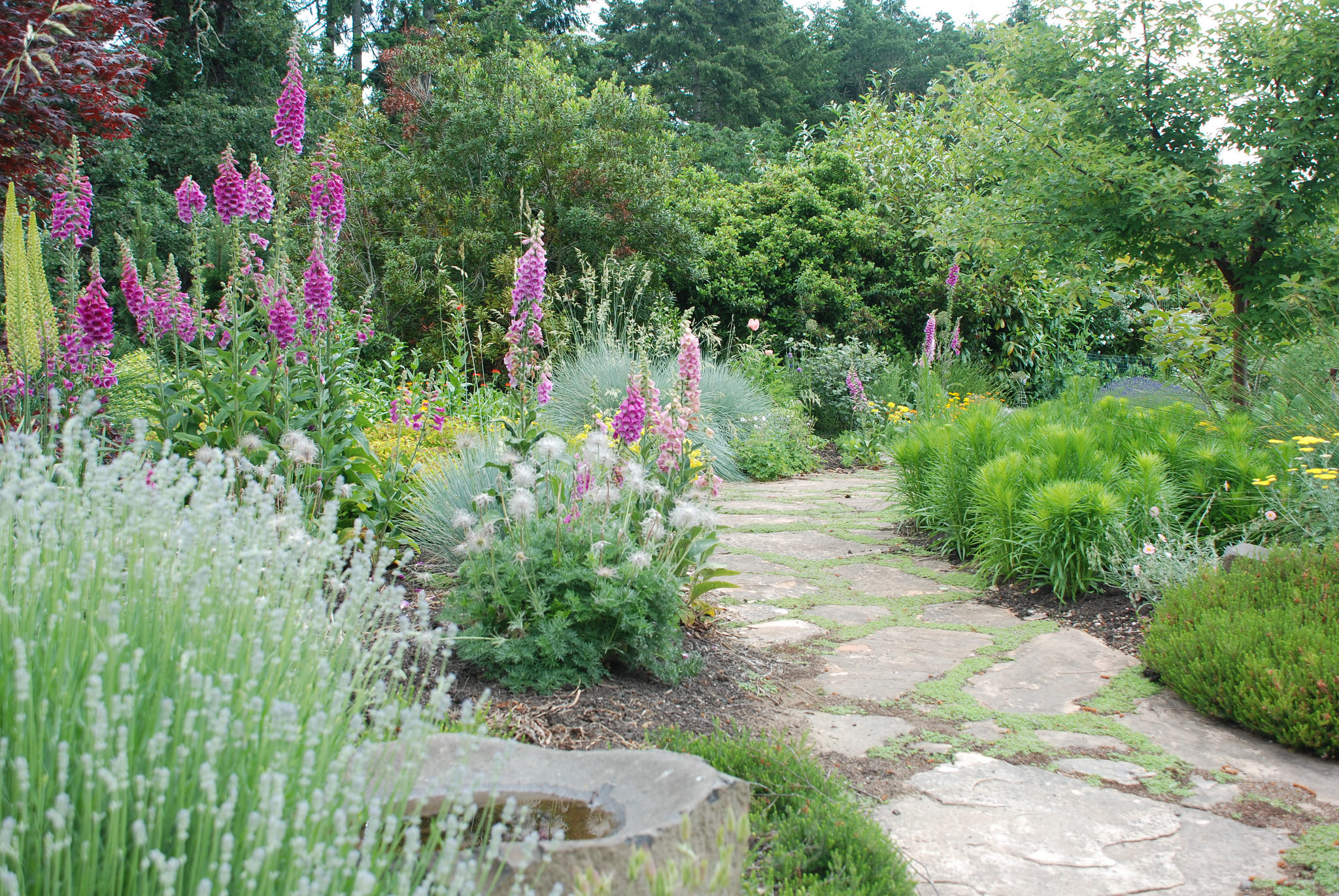Soil defines the success of a garden, but for many it’s a mystery.
Cracking the case doesn’t have to be complicated, said James Cassidy, instructor of soil science at Oregon State University. The geeks of the gardening world can delve deep into the makeup of soil, but if that’s not your thing, Cassidy has one piece of advice: Add organic matter. Whether you’ve got soil composed mostly of clay, sand or something in between, it can be improved by the addition of compost.
“If your soil is sandy and drains too quick, add organic matter. If it has a lot of clay and drains too slowly, add organic matter,” he said. “Eventually, it will solve the problem.”
Most importantly, Cassidy added, compost feeds the billions of essential micro-organisms that live in the soil and make nutrients available to plants in a complex system known as the soil food web. In the process, they improve the structure of the soil, opening up pathways for air and water.
“Those billions of organisms need to eat the same as we do,” he noted. “If you feed all the microbes and creepy crawlies, you can see the soil change.”
You’ll notice the transformation by the healthy look, feel and smell of your soil and by the way plants respond. For a more precise way to keep track, tests taken every couple of years will give you a record so you can see specifically over time how organic material changes the soil. The test results also provide information about how to fertilize to make nutrients available to plants in the short term.
“You take a sample, send it to the lab, pay around $25 and get an assessment of your soil,” he said. “It’s the best money you’ll ever spend.”
Soil tests reveal the nutrients and micro-nutrients present in your soil. A standard analysis measures organic matter, phosphorus, potassium, calcium, magnesium, sodium and pH. Most often nitrogen is not included in the test because typically it leaches out of the soil during winter rains. After testing your soil sample, the lab sends you the results along with lime and fertilizer recommendations. Knowing the nutrient levels of your soil helps you avoid over- or under-fertilizing, saving you money and keeping excess fertilizer out of waterways, Cassidy said.
If you have questions about your analysis or need help interpreting the results, consult an OSU Extension master gardener or the publication Fertilizing Your Garden: Vegetables, Fruits, and Ornamentals.
To collect a soil sample, choose an area of the garden where you grow similar plants, Cassidy said. For example, collect samples in a vegetable garden, lawn or ornamental shade or sun bed. In each area, dig five or six small spadesful of soil. Take these sub-samples in a nonsymmetrical “W” pattern rather than a straight row. Push aside any leaves or mulch and dig down 6 to 8 inches. Place all the sub-samples in a clean container and mix together. Be sure to use clean tools. Refer to A Guide to Collecting Soil Samples for Farms and Gardens for more information.
When you’re ready to send the soil in, check with the lab for instructions on how to package and mail your sample. OSU Extension provides a list of Laboratories Serving Oregon.

